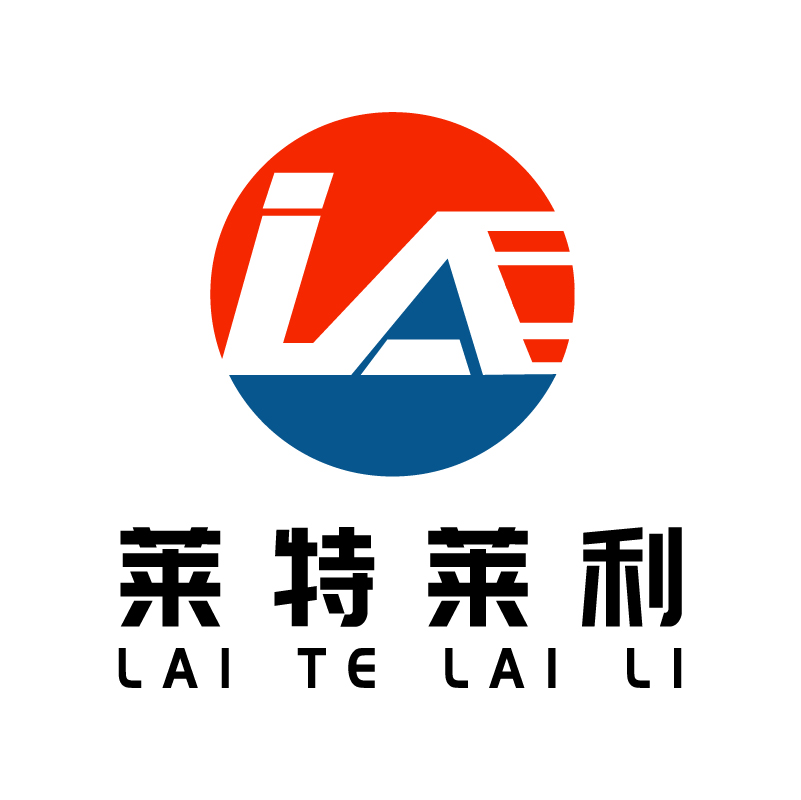Prediction of future development of global thermal transfer carbon belt in 2024-2030
For the future development forecast of the global thermal transfer carbon belt in 2024-2030, we can analyze the market size, growth rate, technology trends, market demand changes, and regional distribution from several aspects:
First,Market size and growth rate
1.Global market size:
According to the data from the 168report, the global thermal transfer carbon strip market sales reached $1.6 billion in 2023 and is expected to reach $2.6 billion in 2030, with a compound annual growth rate (CAGR) of 6.3% (2024-2030).
Another report pointed out that the global thermal transfer carbon belt market has grown from 10.07 billion yuan in 2019 to 11.06 billion yuan in 2021, and is expected to reach 13.96 billion yuan by 2026. This forecast, although slightly different in time, also shows the steady growth trend of the market.
2.Chinese market:
The Chinese market has changed rapidly in the past few years and is expected to occupy an increasingly important position in the global market. It is expected that by 2030, the scale of the Chinese market will further expand, and the global share will also increase.
The specific report pointed out that the scale of China's thermal transfer carbon belt market grew from 820 million yuan in 2019 to 1.04 billion yuan in 2021, and is expected to reach 1.67 billion yuan in 2026, with a compound growth rate of about 10.7% in 2019-2026, which is higher than the global market.
Second, technology trends
1.The localization rate of high-end products is improved:
Domestic manufacturers continue to increase investment in the research and development and industrial application of middle and high-end products such as resin-based bar code carbon strip and mixed-based bar code carbon strip, and relevant domestic products have gradually won the recognition of the market and users, and the production and sales scale and market share have continued to increase.
In the future, domestic high-quality enterprises will continue to promote formula design and production process innovation, further narrow the gap with international advanced enterprises, and promote domestic substitution.
2.Green environmental protection:
With the global attention to environmental protection, the thermal transfer carbon strip production process will continue to develop in the direction of green environmental protection. Water-based coatings will gradually replace solvent coatings to reduce organic volatilization and pollutant emissions.
Industry participants will increase investment in advanced environmental protection treatment processes and equipment, and improve waste gas, sewage treatment and organic recycling capabilities.
Third,Changes in market demand
1.Application field expansion:
Heat transfer carbon tape is widely used in label printers, bar code printers, food packaging printing, medical packaging printing, express bills and other fields, the market demand continues to expand.
With the rapid development of the Internet of Things, industrial automation, intelligent warehousing, intelligent logistics and other fields, the application of thermal transfer carbon tape will be more extensive.
2.Diversification, high efficiency, environmental protection, safety:
The market demand for thermal transfer carbon tape tends to be low cost, diversification, high efficiency, environmental protection, safety and other aspects. Enterprises need to continuously research and develop and innovate, and introduce more competitive products in the market.
Fourth,Regional distribution
1.Main market:Europe, North America and Asia Pacific are the major consumer markets for global thermal transfer carbon belts. These regions have developed economies and extensive application of automatic identification technology, driving the growth of the thermal transfer carbon tape market.
China has become one of the world's largest producers of thermal transfer carbon belts and is expected to continue its strong growth momentum in the coming years.
In summary, the global thermal transfer carbon belt market will maintain a steady growth trend in 2024-2030, with continuous technological innovation, diversified market demand, and improved environmental protection requirements. Enterprises need to keep up with market changes and technological trends, and constantly improve their competitiveness to meet market demand.


